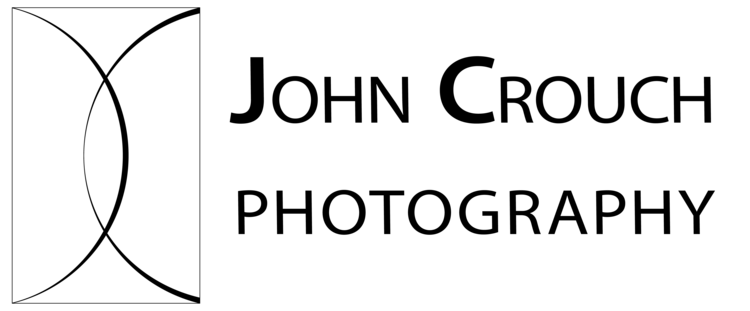Last weekend I went camping with some friends along the shores of Lake Michigan. I had never been to the spot before but I noticed that it was fairly remote. Whenever I'm heading out of the city I start thinking about stargazing. The night sky has always mesmerized me and now I love the challenge of photographing it. As I packed up for the trip I was hopeful that everything might come together.
Here is the basic process I use to capture the night sky:
- Find a dark sky. I use this dark sky map. Look for areas that are green, blue, or grey to find the darkest skies near you.
- Check the weather for clear skies. I use a weather app called Clear Outside that primarily focuses on cloud cover.
- Conceptualize your shot and scout the site during the day. Successful night photography almost requires an interesting foreground. Finding an interesting foreground in the middle of the night can be almost impossible. Look around the area during the daylight hours.
- Determine the location and angle of the Milky Way. I use I use an app called Plan It! Pro. It isn't the most intuitive app around but it is quite powerful and is constantly adding features. The app is available on both iOS and Android platforms. With Plan It you can see exactly where the sun, moon, Milky Way, meteor showers and more will be at any time in any location. I honestly love this app.
- Arrive at the site and set up. I always try to arrive at least an hour early. You never know what kind of obstacles might have gotten in the way since you scouted the site. Arriving early means you won't be rushed and you'll have a little extra time to make any necessary adjustments.
- The typical settings for shooting the Milky way are 30 sec., f/2.8, ISO 3200 with a 14mm lens. If you shoot with a longer lens the exposure will need to be shorter or the stars will begin to form trails.
- Alternatively you can use a tracker that rotates the camera in sync with the stars. This allows for much, much longer exposures. I used a Vixen Polarie for this image which allowed me to take 6 minute exposures at ISO 400 and f/5.6. I stacked 4 of these images in photoshop to further reduce any noise in the image and added one exposure for the foreground.
- Process the images however you want. I use a combination of Lightroom, Photoshop (for the stacking and compositing), and I'll sometimes tweak the colors or exposure once more in Lightroom.
That's it! It's a little more involved than a quick snapshot but it is still about having an idea and understanding how to control the exposure and composition to make a great looking image. Pre-visualizing is still the most important step in the process. Once you know what you want the image to look like then you'll have a pretty good idea how to overcome any obstacles that may get in your way.
